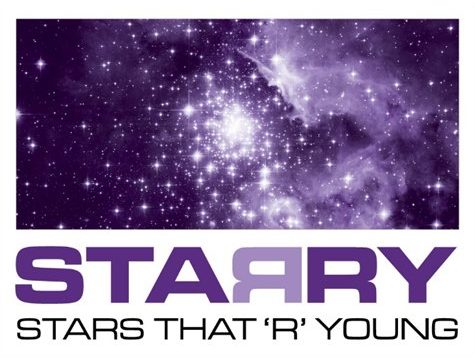Another month went by and we are suddenly close to Christmas time. This last month brought relevant improvements to the project and to the ideas we have in mind. The project is moving forward with good rhythm and we are starting to get some results. In fact, we decided that we have enough new information in order to present a poster at the First Gaia Science Symposium “Astrometry and Astrophysics in the Gaia Sky” that will be held from 24-28 April 2017 in Nice. This will be the first public presentation to the community of project results and I am quite excited about that. After two meetings with both supervisors of the project I have the good feeling that there is still a huge amount of work to do, and, although the more we know the more we need to perfectionate, it looks like we are working the right way.
That is not the only good news that came with this last month of 2016. Alice Perez will be able to join the STARRY project at the very beginning of the next year as another Ph.D. student at Leeds University, which will definitely give more impulse to the research we are doing. In these first four months of my Ph.D. we have built a solid base to the project and I am really looking forward to 2017, year in which I am sure we will achieve several interesting results.
